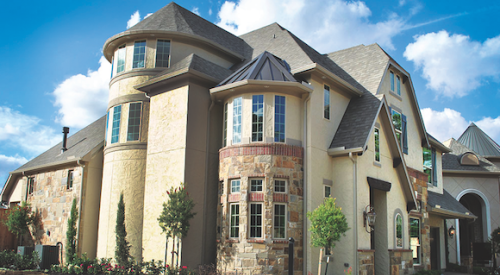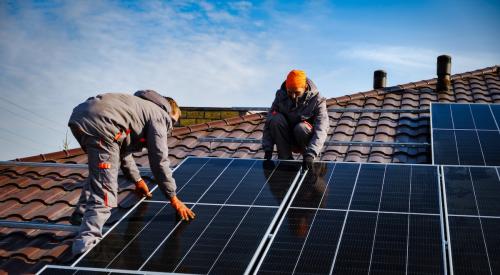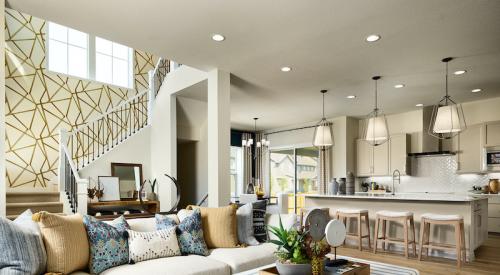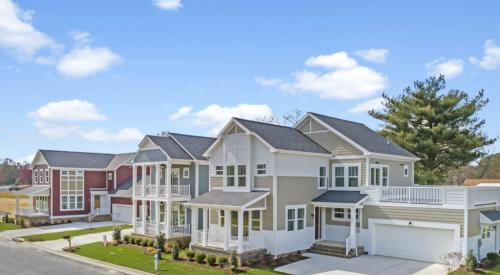Is it really possible to get through a Wisconsin winter on solar electricity alone? We had a 10-day cold snap last February and it got down to minus 17 degrees F. My air-source heat pump (mini-split) was working hard—and consuming lots of power.
When I set out to build a net-zero house (and afford it), I knew my design had to be small and smart. My goal was a grid-tied, all-electric, fossil-fuel free, net-zero energy home that was super-insulated and super-airtight. I knew I couldn’t spend freely on uber-expensive windows or cutting-edge high performance materials. I’d have to rely on mostly standard construction methods and off-the-shelf products. I learned from other builders that the cost of extra layers of insulation and the hours spent sealing up every hole and seam could be partially offset by replacing a standard forced air gas or oil-powered furnace and separate air conditioner with a single, centrally located ductless mini-split powered by a solar photovoltaic system.
To further reduce my electricity load, I chose energy-efficient appliances and LED lighting. Even so, was I risking bursting pipes, weekend service calls, or a spartan lifestyle just to prove a point? What was all this going to cost? How many solar panels would I need? What’s a reasonable payback? Would I have to alter my design? Aren’t solar panels ugly? Would my house look like a middle school science project? Here are the steps I took to answer these questions:
To read the full story, visit the Zero Energy Project website.














